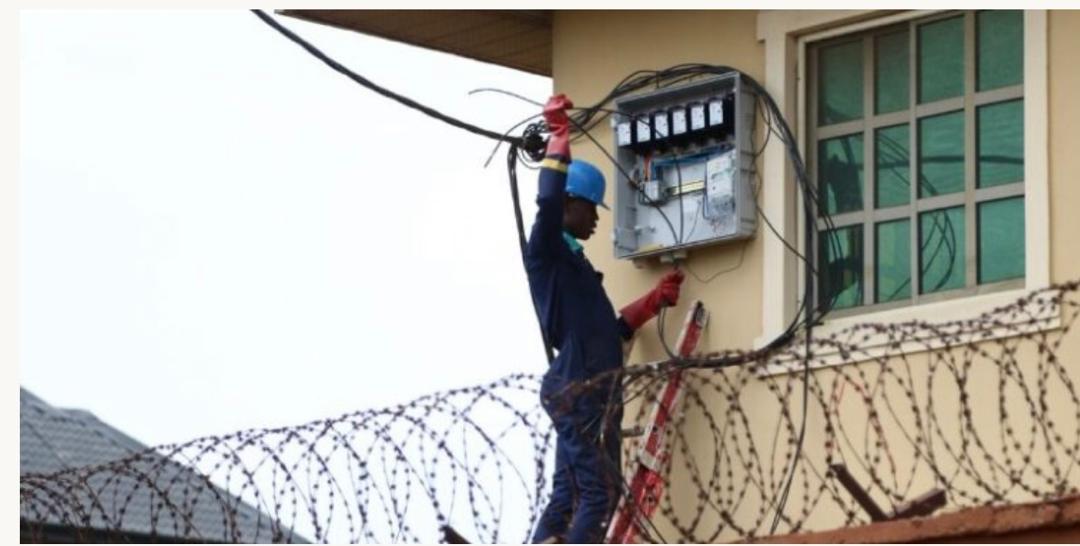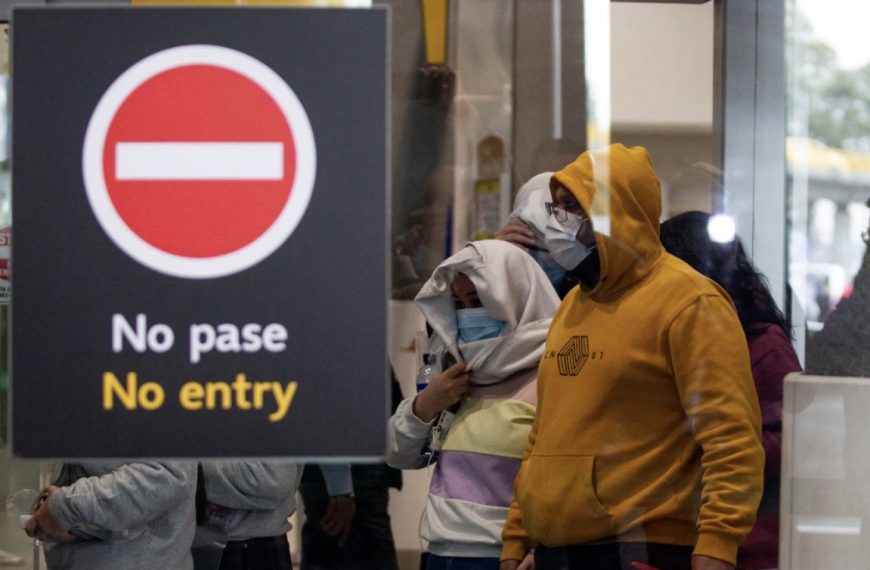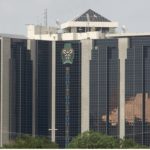By NAIRAMETRICS
In reviewing the new electricity tariff for Band A consumers, the Nigerian Electricity Regulatory Commission (NERC) made use of important indices in determining the electricity tariff.
These indices or assumption range from Nigeria and the United States inflation rate, exchange rate, generation capacity, gas to power cost etc.
A review of the recent Supplementary Multi-Year Tarif Order (MYTO) reveals the numbers behind NERC’s indices in raising the tariffs for Band A consumers.
Inflation– the cost of generating and distributing power in Nigeria is affected by inflation rates in Nigeria and the United States. For this review, the NERC used Nigeria’s February inflation rate of 31.70% and that of the U.S at 3.2% for February.
Exchange rate– the FX rate used by the NERC in the review is N1463.31/$. This rate was determined by the adding 1% transaction cost to the average official FX rate for the period between 19th and 25th March 2024 which was N1448.82/$.
The power sector is significantly exposed to foreign exchange risk since equipment such as cables, transformers and other materials are valued in USD. Hence, a change in the exchange rate could affect the financial performance of these companies.
Wholesale Gas price to power companies– since about 70% of Nigeria’s electricity is generated from gas, it forms a critical parameter in electricity pricing in Nigeria. For the period between April and December 2024, the price of gas was pegged at $2.42/MMBTU.
Coincidentally, the Nigeria Midstream and Downstream Petroleum Regulatory Authority (NMDPA) just recently increased the base price of gas to power companies from $2.18/MMBTU to the current figure.
This involves estimating the projected generation capacity available based on the tested capacities of power plants. The figure for this varies across the different electricity distribution companies.
The projection for the 11 Discos is as follows;
Jos Disco- 225MWh/h
Kano Disco- 268MWh/h
Kaduna Disco- 258MWh/h
Ikeja Disco- 603MWh/h
Ibadan Disco- 478MWh/h
Eko Disco- 513MWh/h
Enugu Disco- 286MWh/h
Benin Disco- 325MWh/h
Yola Disco- 113MWh/h
Port-Harcourt Disco- 283MWh/h
Abuja Disco- 611MWh/h












